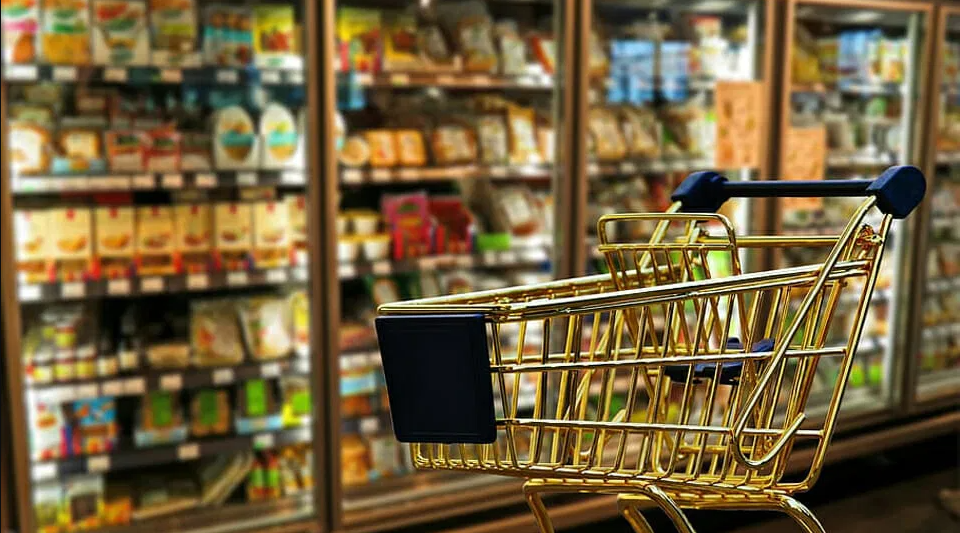Public advice on surface contagion with Coronavirus has been dumbed-down
by Rob Harris
Data from several studies indicates that surfaces remain unsafe for longer periods, with the implication that refrigerated plastic food packaging could carry a greater amount of Coronavirus than other surfaces.
—————-
Broadly speaking, Western health authorities, as well as the mainstream media, have supplied a rather straightforward public health message on dealing with potential sources of contagion involving Coronavirus, frequently reiterating the line that the virus survives for up to 72 hours on solid surfaces and 24 hours on cardboard.
Unfortunately the issue is more complicated, likely having genuine implications for health.
New statistical data from the United Kingdom has indicated that chefs are one of the groups of workers most likely to die from Coronavirus, along with taxi drivers and public transport workers. Chefs stand out in this at-risk cohort because their jobs usually do not involve substantive exposure to the public, especially in relatively small enclosed spaces.
Just as the media often fails to report that levels of infection are commensurate with rates of testing – at times for overtly partisan reasons – there has also been a notable failure to explain that the viability of Coronavirus depends upon temperature and humidity (other than when having reported on a small number of studies), where common environmental variations carry a multiple in terms of Coronavirus survival rates!
It is important to note that data on the requirements for infection (i.e. the rate of viral exposure), and the broad viability of Coronavirus outside of hosts, remains unclear. However, the survival of the virus within homes, and workspaces, is surely a point of very serious concern given that SARS viruses are far more robust than flu viruses – particularly the present incarnation which appears to survive several times longer in certain environments than the old form of SARS that so blighted the Far-East.
—read the rest here
